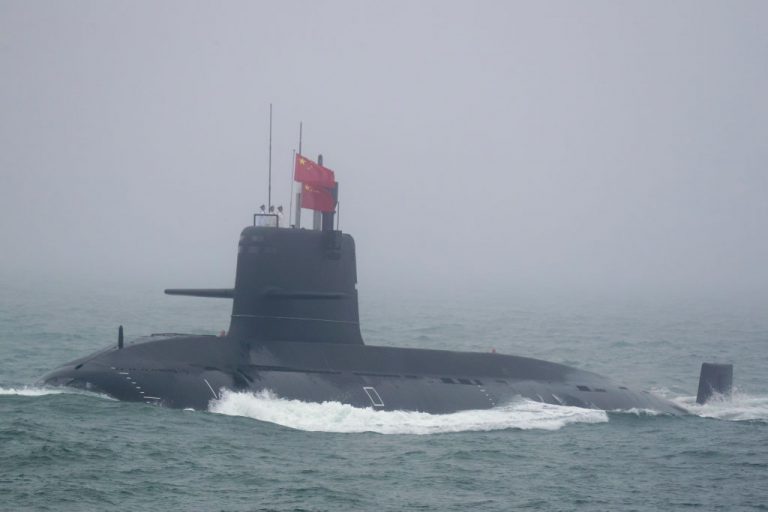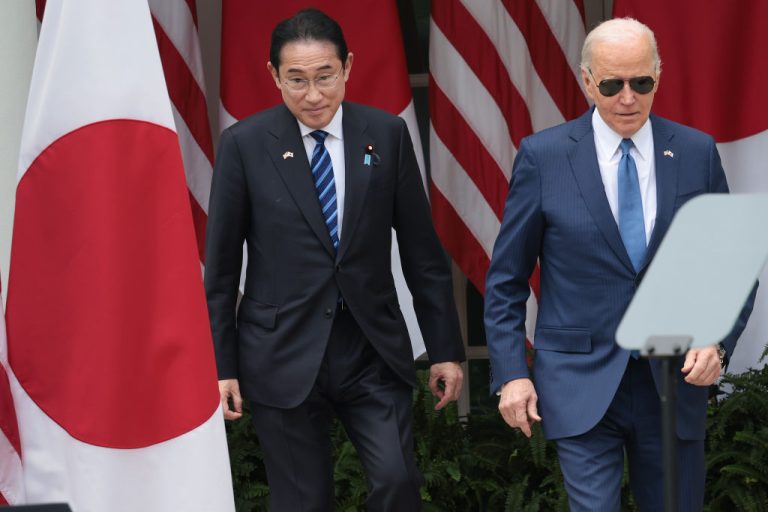A Beijing think tank stated in a recently published report that the United States is escalating its surveillance of Chinese submarine activity in the South China Sea, in yet another example of rising tensions between the two nuclear-armed nations.
The U.S. has five USNS ocean surveillance vessels stationed in Japan named the Victorious, Able, Effective, Loyal, and Impeccable.
According to a paper published by the Beijing-based South China Sea Strategic Situation Probing Initiative (SCSPI), the think tank responsible for the report, each of the ships can be utilized in anti-submarine warfare and were active in the South China Sea for at least 161 days out of 181 days in the first 6 months of 2021.
SCSPI stated that U.S. ships have been continuously monitoring the area around the Paracel Islands for Chinese submarines by deploying surveillance ships, one after another, with virtually no time between deployments.
The Paracel Islands, also known as the Xisha Islands, have been an area of contention between the United States, China, and the Philippines. The People’s Republic of China (PRC) claims most of the South China Sea, while multiple neighbors and its U.S. contest these ambitions.
Success
You are now signed up for our newsletter
Success
Check your email to complete sign up
China’s maritime militia have recently been spotted in the contested waters, resulting in significant backlash from the Philippine government and senior officials in the U.S. armed forces. The waters in the area reach 2,000 meters (6561 feet) deep, making it an ideal environment to operate submarines and conduct anti-submarine warfare.
The report noted that the U.S. Navy appears to be expanding its surveillance of the area after observing the USNS Victorious and USNS Impeccable operating in the waters west of the Paracel Islands, an area that the U.S. Navy purportedly rarely visits.
On Monday, July 12, a spokesman for China’s foreign ministry, Zhao Lijian, stated that the U.S. has increased tensions between the two countries by conducting “close surveillance drills” and approximately 20 large-scale navy drills in the region this year. He added that all the activity was focused on China, and many of the drills came close to China’s coast.
Washington has said that operations in the area are a necessity to keep China’s numerous claims to the region in check. The heightened activity is being partially blamed for the deteriorating relationship between China and the U.S., which has led to an increase in strategic competition.
By the numbers
A Pentagon report published last year indicated that China has four ballistic missile submarines, six nuclear-powered attack submarines, and 46 late-model diesel-powered submarines.
The United States boasts one of the largest submarine fleets in the world, with dozens of nuclear-powered submarines. Its underwater fleet dwarfs many nations’ surface fleets.
According to an analysis completed by Popular Mechanics, as of 2018, the “U.S. Navy has 71 submarines in active duty including Ohio-class ballistic missile submarines, Ohio-class guided missile submarines, and Los Angeles, Sea Wolf, and Virginia-class attack submarines.”
The key factor that differentiates the Chinese and American fleets is the fact that the American fleet is entirely nuclear-powered, meaning one of the only limitations faced during deployment is the store of perishables.
In contrast, the majority of the submarines in the Chinese fleet are older diesel-powered vessels, which significantly limits the submarine’s attack range and usability compared to U.S. subs.
Over the last several years, China and the United States have stepped up activity in the South China Sea. The region could become a flashpoint for escalating conflict as China continues to assert itself in the region and the United States works to defend international maritime rights for itself and its allies.
















